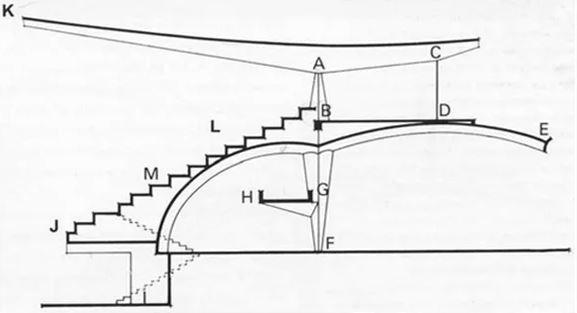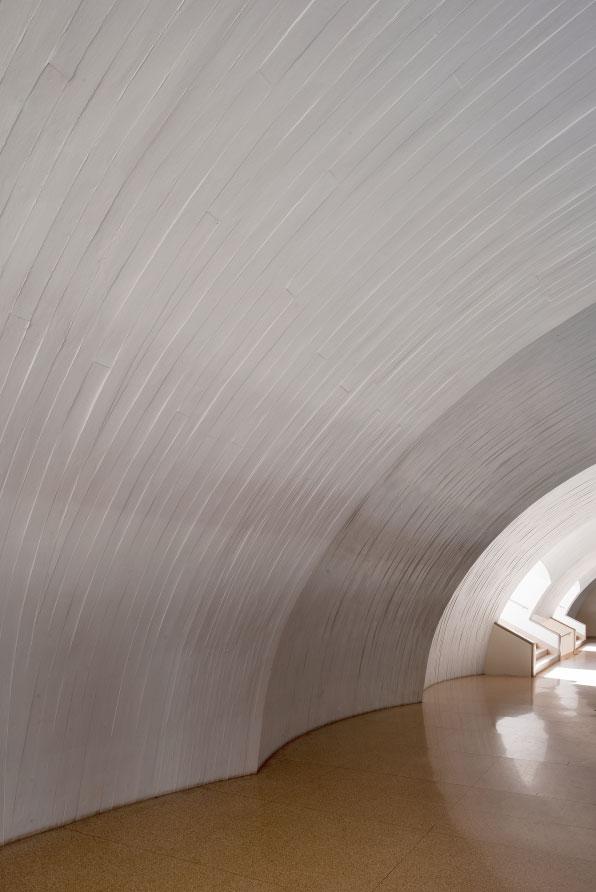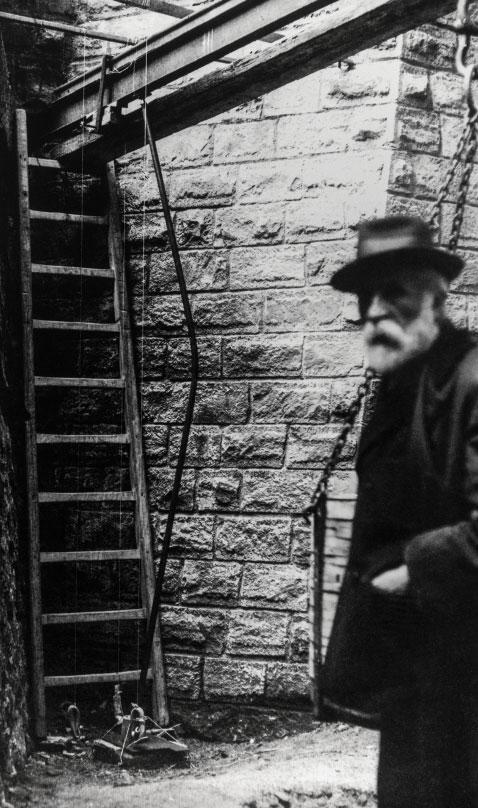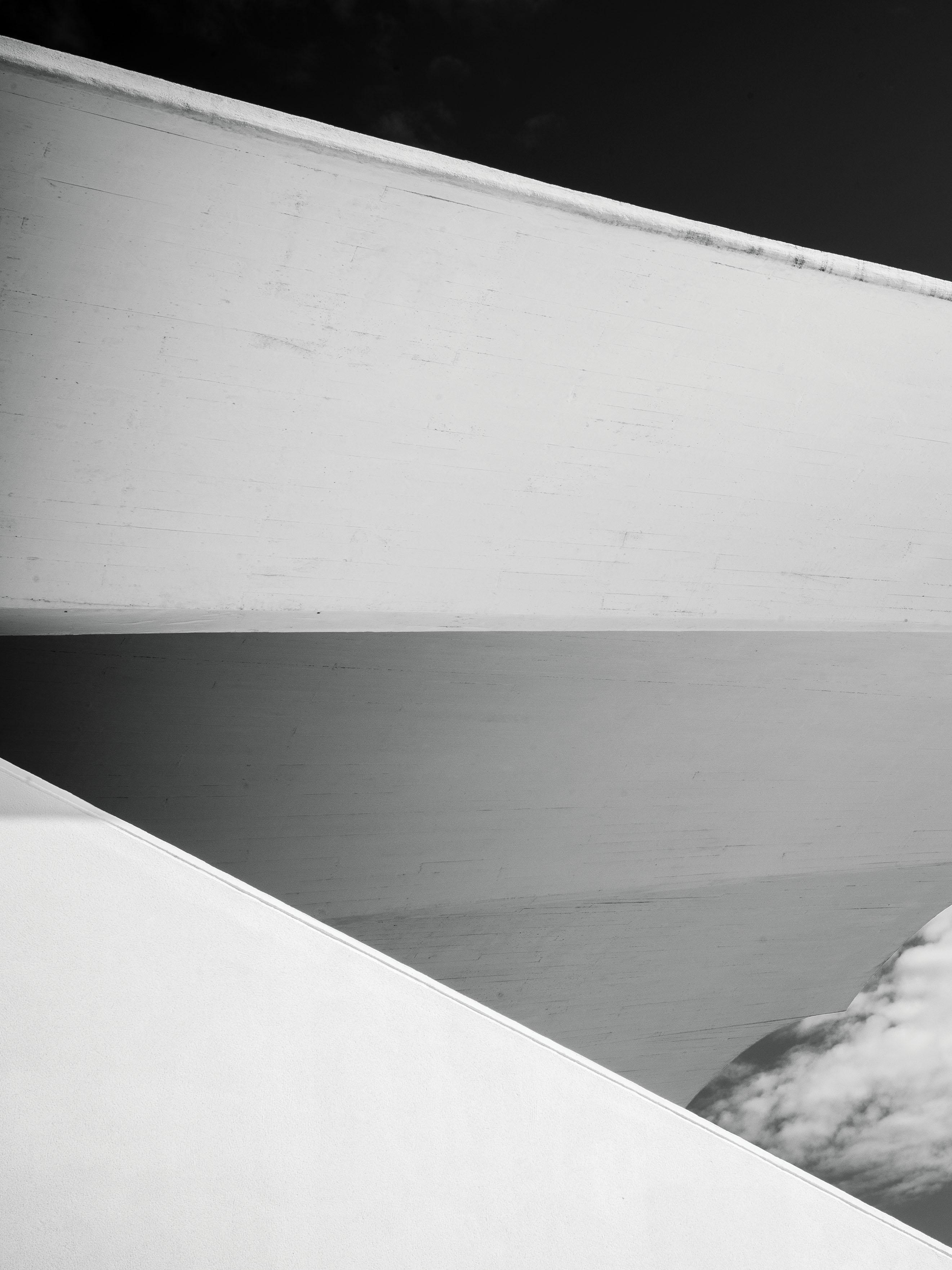
6 minute read
Hipodrómo de la Zarzuela


Advertisement
Madrid d, Sp S ain Eduard do Torroja 1941


Eduardo Torroja was a pioneer of composite construction, a system that capitalizes on the mechanical properties of these two materials, steel, and reinforced concrete.
Hipódromo de la Zarzuela has a long traditon in Madrid, the capital of Spain. However, it´s Madrid’s most emblematic complex - an architectural milestone of Madrid’s rationalism. Hipódromo de la Zarzuela has a long traditon in Madrid, the capital of Spain. However, it´s Madrid’s most emblematic complex - an architectural milestone of Madrid’s rationalism. La Zarzuela Racecourse began as an architectural competition in 1935. The functional conditions were developed from this basic cross-section. Hipódromo de la Zarzuela has a long traditon in Madrid, the capital of Spain. However, it´s Madrid’s most emblematic complex - an architectural milestone of Madrid’s rationalism.
La Zarzuela Racecourse began as an architectural competition in 1935. The functional conditions were developed from this basic cross-section.

Stands for spectators are oriented towards the race track, providing direct view of the races. On the top, the promenade enables the view to both sides, paddock and race track, creating space under the stands, used as a betting hall with direct contact to the paddock. Betting offi ces are facing the race track under the tribune and the roof is covering the whole hall. From this scheme it is obvious that the static relationships will be unsatisfactory. Rear support, constantly in tension, becomes eighter a tie, the middle support bearing the whole weight became the main support and most massive one. The rear one only became a rod. The roof weight becomes quite offset due to the tie element, and therefore the load impact on the paddock wall smaller. This allows to avoid columns and open up the space for better visual contact and air circulation. Structure becomes more elegant in regards to proportions and loses weight. By closer inspection and structural knowledge, the depth of the roof structure will increase from the race track side to the point where connected to the support, and decrease on the other side towards the tie element, and get a good balance. The roof of the betting hall has to create a promenade on its top, while the outside part has to direct down to allow proper view on paddock from the promenade and the depth of the cantilever grows up to the main support. The inside outlines get nice curvature just
like the roof. The shell roof was also searching for optimal geometry. Vaults and conoid were considered, but in the end, the hyperboloid is the better alternative since it is the more attractive and most adaptable solution.

And the question now arises: is the invention of an especially adapted form to solve a specifi c problem strictly an imaginative process, or is it the result of logical reasoning based on technical training? I do not think it is either of the two, but rather both together. The imagination alone could not have reached such a design unaided by reason, nor could a process of deduction, advancing by successive cycles of refi nement, have been so logical and determinate as to lead inevitably to it -whatever the reader of these lines may have inferred. Eduardo Torroja
The deadline for fi nalizing the design proposal was set up for three months. As a matter of fact, this process shows up within a few minutes a couple of days before the deadline at 1 am in the middle of the night. The chance to win the competition might have been lost, thought the team. Nine projects were submitted, with the winner being the team formed by architects Carlos Arniches and Martín Domínguez and engineer Eduardo Torroja.
The specifi c structural form could not be engineered with the methods available at the time, but they knew that the shape had good structural properties. Numerous trials were
done and the contractor offered to construct a 1:1 prototype on side of the fi nal lobe to test the formwork, reinforcement, equilibrium and construction procedure. Luckily, that the whole shell roof consists only of three different forms, so the formwork could be used repeatedly. Two surprising conclusions: the concrete need for one lobe was only 12 m3 and the prototype resisted three-time bigger loads than what was necessary to meet normal loading conditions. The roof survived several bombings during the Spanish Civil War nearby, perforated 26 times and broke due to strong vibrations. The construction survived the disaster very well and all damages were repaired.
The Hipodrom was inaugurated in 1941 with minimal services, improved in the decade of the 50s and in 1980 it was declared a Historic-Artistic Monument. The geometry of the marquees covering the three grandstands makes them very well known in the world, and they constitute the most recognizable image of the building.
The building consists of three distinct parts, tracks, horse area and the area for the public. La Zarzuela Racecourse seating is divided into three stands: its two outer 60 m long structures fl ank a 30 m long central grandstand. The innovative, thin shell roof is only 5 cm thick at the edge and 14.50 cm thick at the spring line. The marquee laminar fl ies almost 13 meters. With these proportions, the sense of lightness intrinsic to this type of shell is particularly emphasized.
Building, architecture, cannot overlook the reality of the physical phenomenon, namely, of the laws of statics. Its beauty is essentially based on the truth, on the rationality of the structure; must, therefore, be achievable with no additions or external ornamentation. But, to obtain, requires a long and tenacious



The structure seeks to convey the maximum sense of spaciousness in the lower fl oor level. It relates harmoniously the volumes of the large betting hall and the gallery beneath the stands so that these appear to be continuous across the suspended gangway and the betting offi ces.
Eduardo Torroja








I have often been asked how I came to decide upon the design of the Zarzuela Hippodrome. Eduardo Torroja




effort in the sense of the reasons for resistance intimate forms.
E.Torroja









